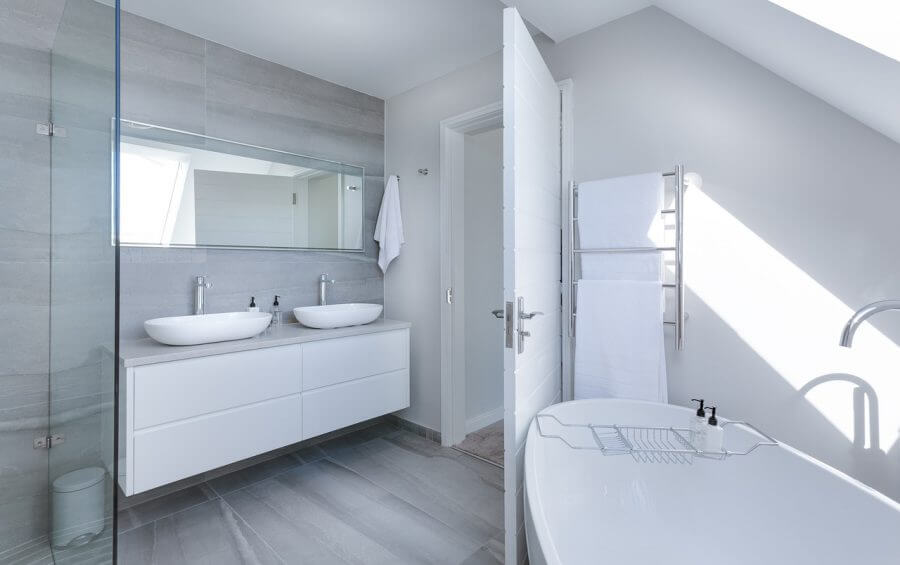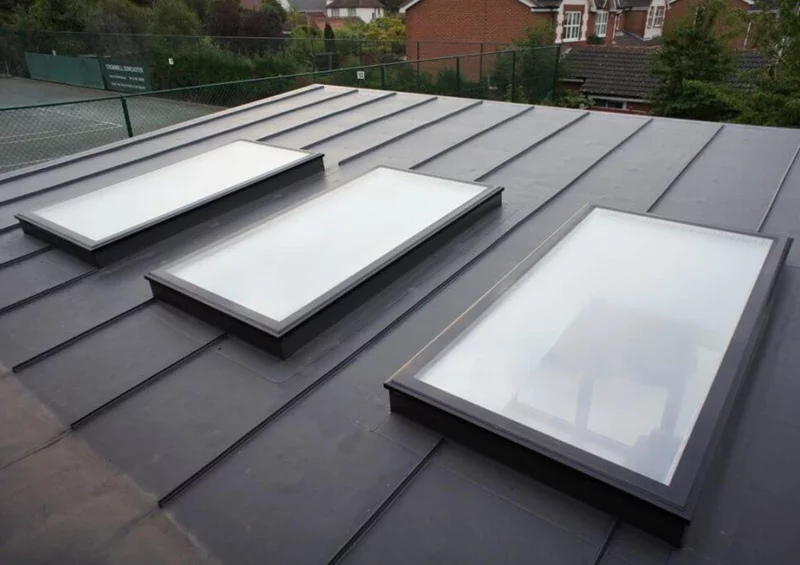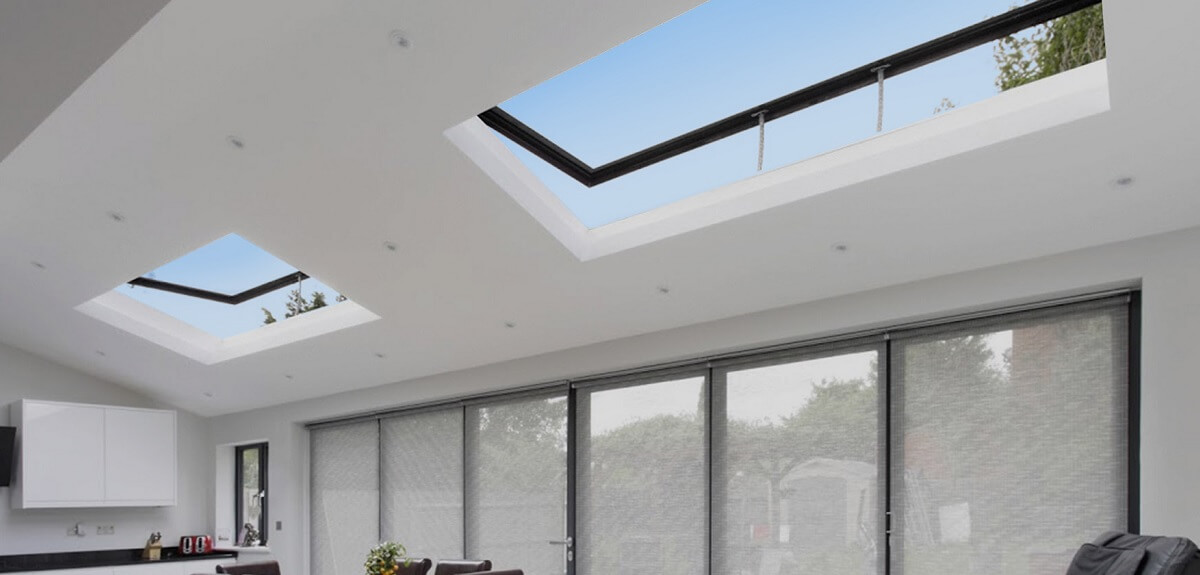10 Tips You Need To Know
- Establish a Realistic Budget: Begin by setting a clear budget for your bathroom renovation. Consider all expenses, including materials, labour. Always plan to have a buffer or contingency on top of the actual budget – just in case you need it. Remember to prioritise your spending to ensure you get the most value from your investment. If budget allows then consider hiring experienced professionals, such as architects, designers, contractors, and plumbers, to assist with the renovation process. Their expertise can help streamline the project, ensure quality workmanship, and avoid costly mistakes.
- Assess Your Needs vs. Wants: Evaluate your priorities when it comes to bathroom features. Determine the essential elements you need, such as a shower, bath, toilet, sink and storage, versus the luxurious additions you desire. This will help you allocate your budget more effectively.
- Find Inspiration: Gather inspiration from various sources, including design magazines, online platforms such as Pinterest, and home improvement shows. Explore different styles and layouts to discover what resonates with your taste and lifestyle. We have lots of ideas on our Pinterest to get you started.


- Be Practical: Stay realistic about what you can achieve within your space and budget constraints. Avoid falling in love with features that may not be feasible or practical for your bathroom. Focus on functionality and efficiency to create a space that works for you, remember you will use this room daily.
- Plan Your Layout: Carefully plan the layout of your bathroom to optimise space and functionality. Consider the placement of fixtures and fittings to ensure accessibility and function as well as design. Think about spacing between the bathroom features, ensure things are at the right height. Consult with design professionals if needed to create an efficient layout.
- Prioritise Ventilation: Ensure proper ventilation in your bathroom to prevent moisture buildup and mould growth. Install fans or consider incorporating natural ventilation solutions like hinged-opening rooflights work for flat roofs or opening Luxlite® rooflights are designed for pitched roofs. Both options will help to maintain air circulation with fresh air, this will improve the air quality in the room. Read our blog post to understand the importance of this.


- Illuminate Wisely: Choose lighting fixtures that suit your preferences and enhance the ambiance of your bathroom. Balance natural and artificial lighting to create a bright and inviting space. Consider energy-efficient options to save on energy costs in the long run. By adding a rooflight to your bathroom design you will maximise natural light and keep the need for artificial lighting to a minimum.
- Invest in Storage Solutions: Maximise storage space in your bathroom to keep clutter at bay and maintain a tidy environment. Consider built-in storage solutions, such as cabinets, shelves, and drawers, to optimise space utilisation and store toiletries, towels, and other essentials neatly out of sight but allows them to be easily accessible.
- Set the Mood with your design choices: Choose a design aesthetic that reflects your personal taste and complements the overall style of your home. Consider factors such as colour scheme, fixtures, finishes, and accessories to create a cohesive and visually appealing look. Select colours that reflect your desired ambiance and style for the bathroom. Opt for soothing tones like neutrals, blues, or greens for a calming atmosphere, or choose vibrant hues for a more energising vibe. Coordinate colours across walls, fixtures, and accessories for a cohesive look.
- Choose Suitable Flooring: Select flooring materials that are durable, water-resistant, and safe for wet areas. Consider options like tiles, vinyl, or natural stone that can withstand moisture and provide traction to prevent slips. Factor in your budget and maintenance preferences when making your decision.
By following these tips, you can begin to plan and execute a bathroom design that meets your needs, reflects your style, and enhances your daily routine. Happy renovating!
For more information, visit our product pages, call our experts on or email [email protected]
